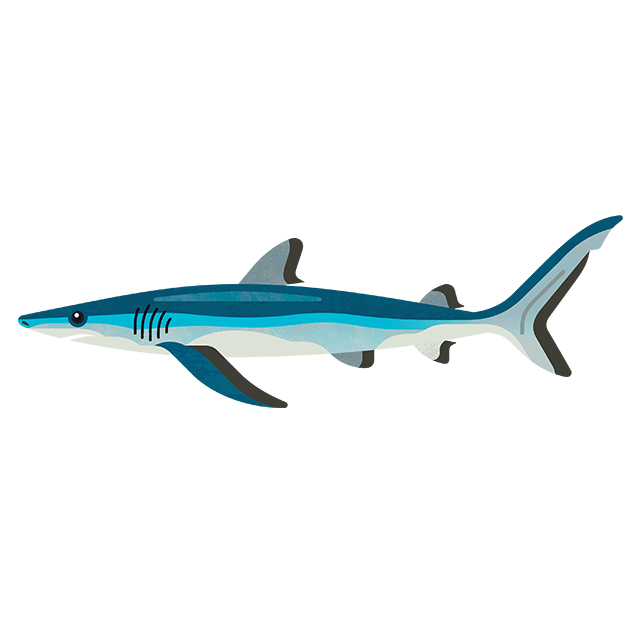
"What do turtles do all day?" and other questions...
4 minute read
We've been chatting to Dr Peter Richardson, turtle expert and renowned ocean conservationist, all about marine turtles to get the low-down on these charismatic creatures
Q: What do marine turtles do all day?
On a normal day, after waking up from their favourite crevice in the reef, turtles will go take a breath and then bask in the sunshine at the ocean's surface to warm up. They’ll feed for most of the morning, surfacing to breathe every 30 minutes or so, before having a rest on the seabed at around midday.
Then, they’ll do some more basking in the sun to warm up, maybe go get a fish manicure and pedicure at the local cleaning station, and feed for most of the afternoon - with the occasional spell of argy-bargy with other turtles over the tastiest feeding areas. Afterwards, they go find their favourite crevice in the reef to sleep in before it gets dark - it's a good life!
Q: What about during breeding season?
Things are different then. Adult turtles can spend weeks migrating to get to their breeding grounds which are hundreds, maybe thousands, of miles away from their feeding grounds.
Once they get there, the males squabble and fight all day, search for females, and mate as much as possible. The females mate, bat off inappropriate advances, and haul their heavy bodies out of the water at night to dig their nests on sandy beaches. They do this every two weeks for up to five times during the nesting season, so they have to spend a lot of time resting on the seabed to recover.
Often, there isn't a feeding habitat close to the nesting grounds, so adult turtles fast for weeks at a time - and can lose about 30% of their body weight - before they eventually migrate across all the way back home to their feeding grounds.
Q: Do turtles move slowly like tortoises?
Usually, turtles move slowly and gracefully through the water, especially when they’re feeding. But, they’re streamlined and powerful swimmers, so if they feel threatened, they can swim away and out of sight very quickly.
Q: When hatchlings make their way into the water, do they ever meet their mothers again?
Sadly, no. It’s unlikely and we don't think they’d even recognise their mothers if they did.
Q: Is it true that there is little known about the first years of turtles lives in the ocean?
Yes - even today, the technology isn’t quite ready to track a tiny hatchling from its nesting beach for extended periods of time. But research at sea is discovering more and more about young turtles’ lives, so we’re starting to understand how they’re carried around the ocean currents for the first few years before they settle in inshore waters to find feeding grounds.
Q: What are the greatest threats to marine turtles?
Climate change, definitely. The temperature of turtle eggs during incubation determines the sex of hatchling turtles, so if global surface temperatures increase, it could feminize turtle populations, making male turtles very scarce. Turtles may adapt, shift their breeding seasons and move locations to avoid the hottest temperatures - but we don't know if they can adapt as quickly as climate change is happening. Climate change also threatens to destroy reef and seagrass ecosystems - which turtles depend on.
There are other human-related threats, such as the destruction and disturbance of nesting beaches through development for tourism - but climate change is the big one!
Q: What can be done to protect marine turtles and enable them to thrive?
We need to slow down climate change. In the developed world we have a massive responsibility to the rest of the world. We need to vote in governments that take climate mitigation seriously. We also need to protect as many nesting beaches as possible, so turtles have a choice of where to nest and hopefully, adapt to climate change.
Q: Why does the Marine Conservation Society want people to report sightings of marine turtles?
We want to know when and where turtles are spotted in UK waters so we can understand how important our seas are for leatherback populations. Other species have also been recorded in our waters, but they are usually juveniles which have been carried off-course by ocean currents and sadly, they wash up either dead or dying. But if they are alive, they can be saved, rescued, and rehabilitated for release back into warmer waters.
If you find a turtle on a UK beach, do not put it back in the sea. Get it to a sheltered place away from the waves and report it to the appropriate number found in the turtle code
Q: Where am I likely to see a marine turtle in the UK?
Although there are very few sightings per year, leatherbacks come to our seas every summer to feed on jellyfish. So, when you’re at the beach during the summer holidays, keep an eye on the horizon for sea turtles! The other species usually wash up on our shores in the wintertime, so when you’re walking on the beach during the Christmas holidays, look out for cold and sad little turtles - you may be lucky and get to save a turtle's life!
Q: What should I do if I see a marine turtle?
Report it. If it's at sea, report it to us online. If it's on the beach, report it to the Marine Conservation Society and the number found in the turtle code
Do not put UK stranded turtles back in the sea. Report them so they can be collected by experts - even if they seem dead. Dead turtles can still provide us with important data, so all stranded turtles should be reported as soon as possible.








